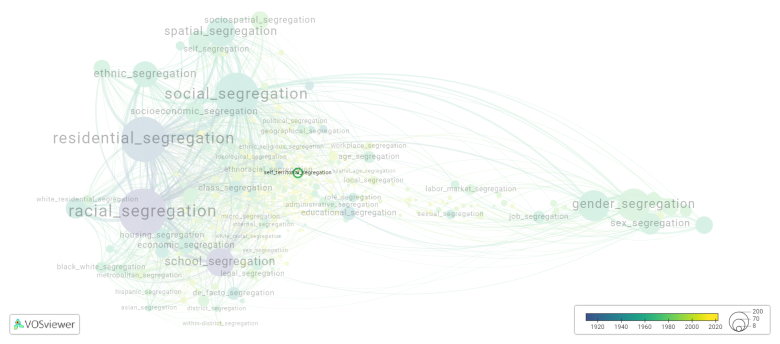Self territorial segregation
Date and country of first publication[1]
1984
Israel
Definition
Self-territorial segregation refers to the voluntary separation of individuals or groups based on their geographical location or territory. This can occur for a variety of reasons, such as cultural differences, socio-economic status, or personal preferences. People may choose to live in certain neighborhoods or regions where they feel more comfortable or where they believe they have better access to resources and opportunities.
Self-territorial segregation can have both positive and negative impacts. On the one hand, it can help individuals maintain a sense of identity and community, as well as provide a feeling of safety and belonging. On the other hand, it can also lead to social isolation, inequality, and perpetuate stereotypes and prejudices.
Overall, self-territorial segregation reflects individuals' choices and desires to be in spaces that align with their values and preferences. However, it is important to consider how this behavior can contribute to wider patterns of inequality and exclusion in society.
See also
Related segregation forms
Self territorial segregation is frequently discussed in the literature with the following segregation forms:
This visualization is based on the study The Multidisciplinary Landscape of Segregation Research.
For the complete network of interrelated segregation forms, please refer to:
References
Notes
- ↑ Date and country of first publication as informed by the Scopus database (December 2023).
Self territorial segregation appears in the following literature
Shilhav Y. (1984). Spatial strategies of the "haredi" population in Jerusalem. Socio-Economic Planning Sciences, 18(6), 411-418. https://doi.org/10.1016/0038-0121(84)90050-8

